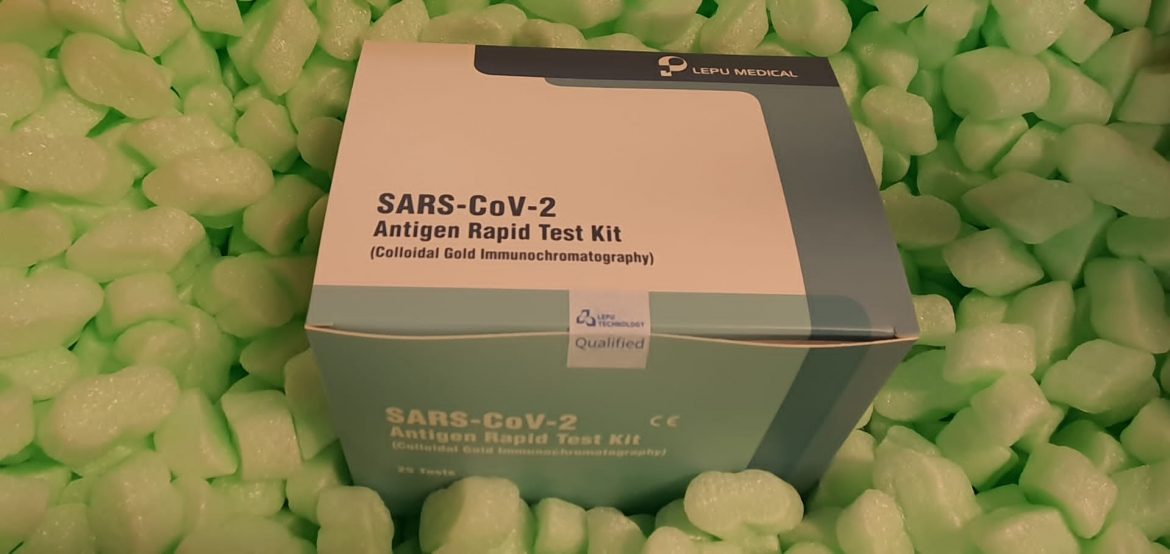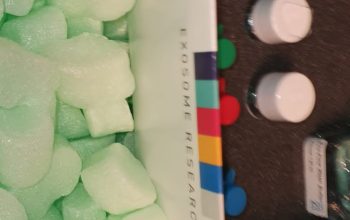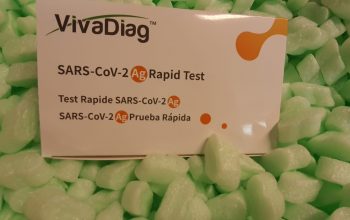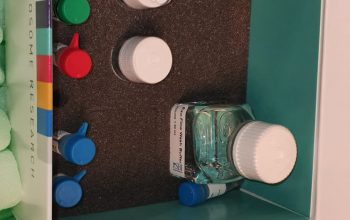Human hexokinase 2 is a vital regulator of glycolysis that {couples} metabolic and proliferative actions in cancer cells. The binding of hexokinase 2 to the outer membrane of mitochondria is vital for its oncogenic exercise. However, the regulation of hexokinase 2 binding to mitochondria stays unclear. Here, we report that SUMOylation regulates the binding of hexokinase 2 to mitochondria. We discover that hexokinase 2 will be SUMOylated at Ok315 and Ok492. SUMO-specific protease SENP1 mediates the de-SUMOylation of hexokinase 2. SUMO-defective hexokinase 2 ideally binds to mitochondria and enhances each glucose consumption and lactate manufacturing and decreases mitochondrial respiration in parallel.
This metabolic reprogramming helps prostate cancer cell proliferation and protects cells from chemotherapy-induced cell apoptosis. Moreover, we display an inverse relationship between SENP1-hexokinase 2 axis and chemotherapy response in prostate cancer samples. Our knowledge present proof for a beforehand uncovered posttranslational modification of hexokinase 2 in cancer cells, suggesting a probably actionable technique for stopping chemotherapy resistance in prostate cancer. Glomerulonephritis is the one of the main causes of the end-stage kidney illness, whereas the pathological course of of glomerulonephritis remains to be not fully understood. Single-cell RNA sequencing (scRNA-seq) emerges to be a strong instrument to consider the full heterogeneity of kidney ailments.
To reveal mobile gene expression profiles of glomerulonephritis, we carried out scRNA-seq of 2 human kidney transplantation donor samples, four human glomerulonephritis samples, 1 human malignant hypertension (MH) pattern and 1 human persistent interstitial nephritis (CIN) pattern, all tissues have been taken from the biopsy. After filtering the cells with < 200 genes and > 10% mitochondria (MT) genes, the ensuing 14 932 cells will be divided into 20 cell clusters, persistently with the earlier report, in illness samples dramatic immune cells infiltration was discovered, amongst which a proximal tubule (PT) subset characterised by wnt-β catenin activation and a pure killer T (NKT) subset excessive expressing LTB have been discovered. Furthermore, in the cluster of the podocyte, three glomerulonephritis associated genes named FXYD5, CD74 and B2M have been discovered.
Mechanisms underlying the hormetic impact of conjugated linoleic acid: deal with Nrf2, mitochondria and NADPH oxidases
Nuclear issue erythroid 2-related factor2 (Nrf2) is a redox-sensitive transcription issue. Its activation by low dietary consumption of ligands leads to antioxidant results (eustress), whereas pro-oxidant results (oxidative misery) could also be related to excessive doses. NADPH oxidases (NOXs) and the mitochondrial electron transport chain are the most important sources of intracellular ROS, however their involvement in the biphasic/hormetic exercise elicited by Nrf2 ligands is just not absolutely understood. In this examine, we investigated the involvement of NOX expression and mitochondrial operate in the hormetic properties of omega-Three sometimes current in fish oil (FO) and conjugated linoleic acid (CLA) in the mouse liver.
Four-week administration of FO, at each low and excessive doses (L-FO and H-FO) improves Nrf2-activated cyto-protection (by section 2 enzymes), whereas a big improve in respiration effectivity happens in the liver mitochondria of H-FO BALB/c mice. Eustress circumstances elicited by low dose CLA (L-CLA) are related to elevated exercise of section 2 enzymes, and with greater NOX1-2, mitochondrial defences, mitochondrial uncoupling protein 2 (UCP2), and peroxisome proliferator-activated receptor gamma coactivator 1-alpha (PGC-1α) expression, in contrast with controls.
Steatogenic results (lipid accumulation and alteration of lipid metabolism) elicited by excessive CLA (H-CLA) elicited which can be related to oxidative misery, elevated mitochondrial advanced I/III exercise and lowered ranges of section 2 enzymes, compared with L-CLA-treated mice. Our outcomes verify the steatogenic exercise of H-CLA and first display the function of NOX1 and NOX2 in the eustress circumstances elicited by L-CLA. Notably, the unfavourable affiliation of the Nrf2/PGC-1α axis with the totally different CLA doses supplies new perception into the mechanisms underlying the hormetic impact triggered by this Nrf2 ligand. This overview focusses on latest, structural findings on the regulation of Parkin exercise. What follows is a mechanistic introduction to the household of E3 ligases that features
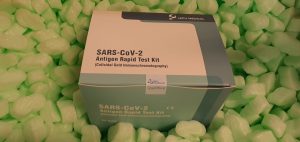
A mechanistic overview of Parkin activation
Parkin and phosphatase and tensin homolog (PTEN)-induced kinase 1 (PINK1) represent a feed-forward signalling pathway that mediates autophagic elimination of broken mitochondria (mitophagy). With over 130 mutations recognized to date in over 1000 sufferers with early onset parkinsonism, Parkin is taken into account a sizzling spot of signalling pathways concerned in PD aetiology. Parkin is an E3 ligase and how its exercise is regulated has been extensively studied: inter-domain interactions exert a decent inhibition on Parkin exercise; binding to phospho-ubiquitin relieves this auto-inhibition; and phosphorylation of Parkin shifts the equilibrium in the direction of maximal Parkin activation.
[Linking template=”default” type=”products” search=”Human S. Muscles Mitochondrial Protein” header=”3″ limit=”136″ start=”2″ showCatalogNumber=”true” showSize=”true” showSupplier=”true” showPrice=”true” showDescription=”true” showAdditionalInformation=”true” showImage=”true” showSchemaMarkup=”true” imageWidth=”” imageHeight=””]
ADSL expression ranges have been assessed by immunohistochemistry or retrieved from The Cancer Genome Atlas (TCGA) dataset. The results of ADSL silencing or overexpression have been evaluated on CRC cell proliferation, cell migration and cell-cycle. In vivo tumor progress was assessed by the rooster chorioallantoic membrane (CAM). Transfected cell traces or patient-derived organoids (PDO) have been handled with 5-fluorouracil (5-FU) and 6-mercaptopurine (6-MP) and drug response was correlated with ADSL expression ranges. Metabolomic and transcriptomic profiling have been carried out to determine dysregulated pathways and ADSL downstream effectors.

